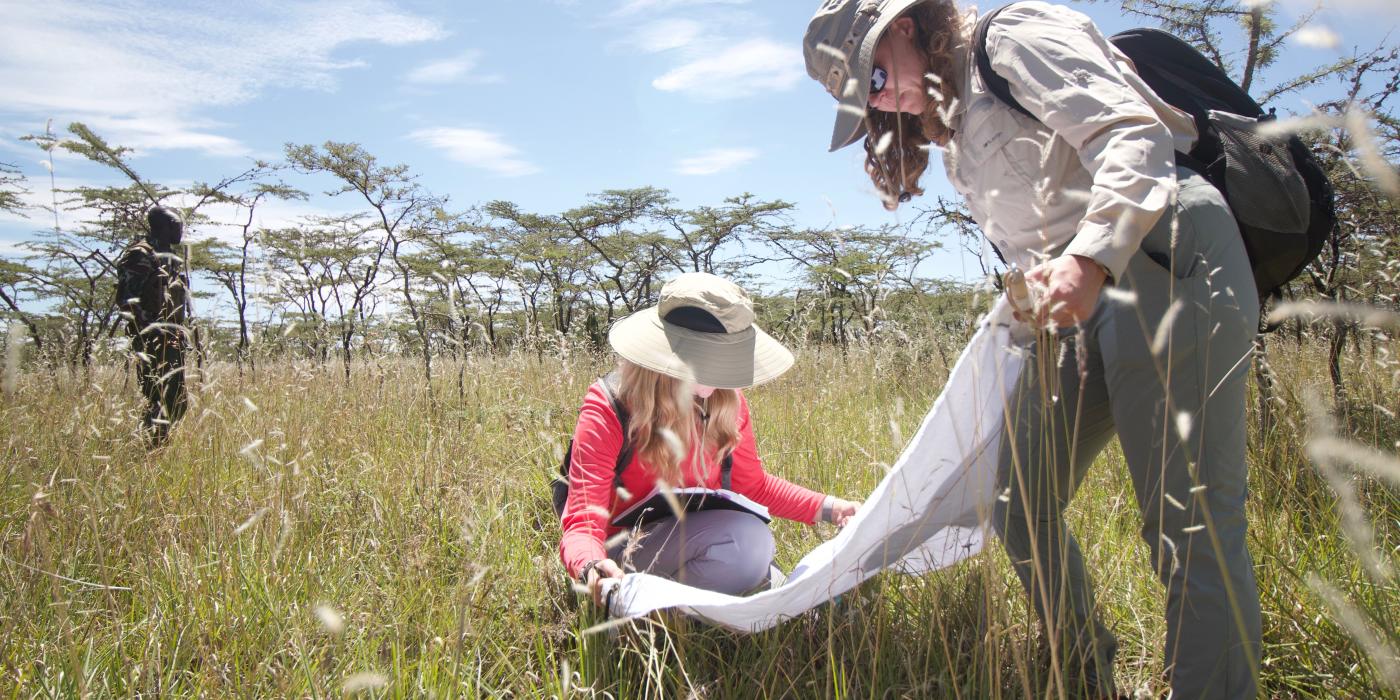Arthropod and Xenosurveillance
Blood-sucking arthropods are capable of spreading diseases among humans and animals, but they can also be useful tools for scientists trying to detect said diseases. In a method known as "xenosurveillance," blood-fed arthropods, such as ticks and mosquitoes, can be tested to determine the source of their blood meal and whether any pathogens are present.
This information can help epidemiologists predict and prevent the spread of diseases that are transmitted by ticks and mosquitoes and may even be able to detect pathogens that aren't usually spread by arthropods.
The Global Health Program's ongoing projects look at potential pathogen transmission between humans, wildlife and livestock through the assessment of vectors, such as ticks and mosquitoes, and the pathogens they may transmit. Researchers collect ticks and mosquitos in Africa and Southeast Asia to identify what vectors are present in the environment and to gain a better understanding of what diseases may threaten the health of wildlife, livestock and humans.
Additionally, each year an undergrad class of George Mason University students travels with their professor and a representative of the Global Health Program to Mpala Research Center in Kenya to learn about emerging infectious diseases, collection, identification and processing of ticks, and the steps involved in outbreak investigations.











